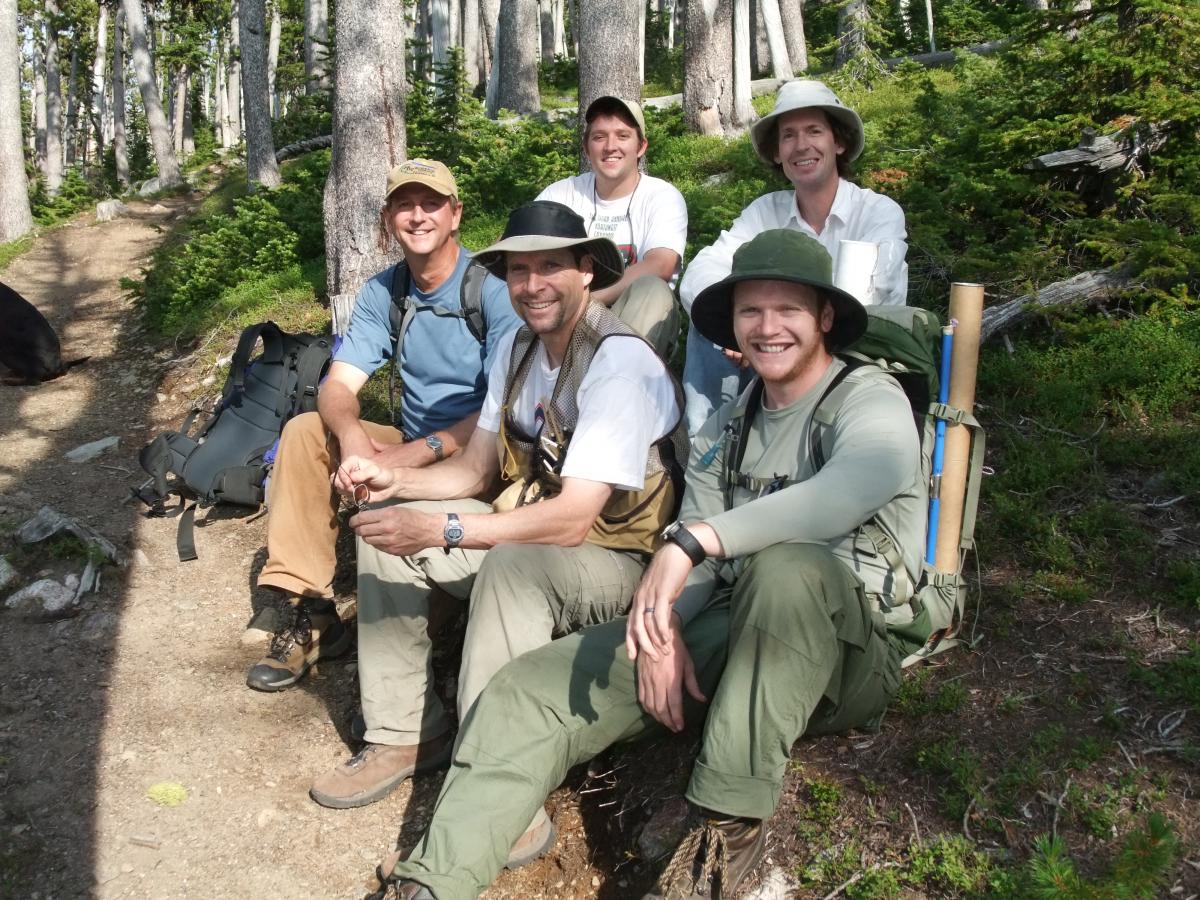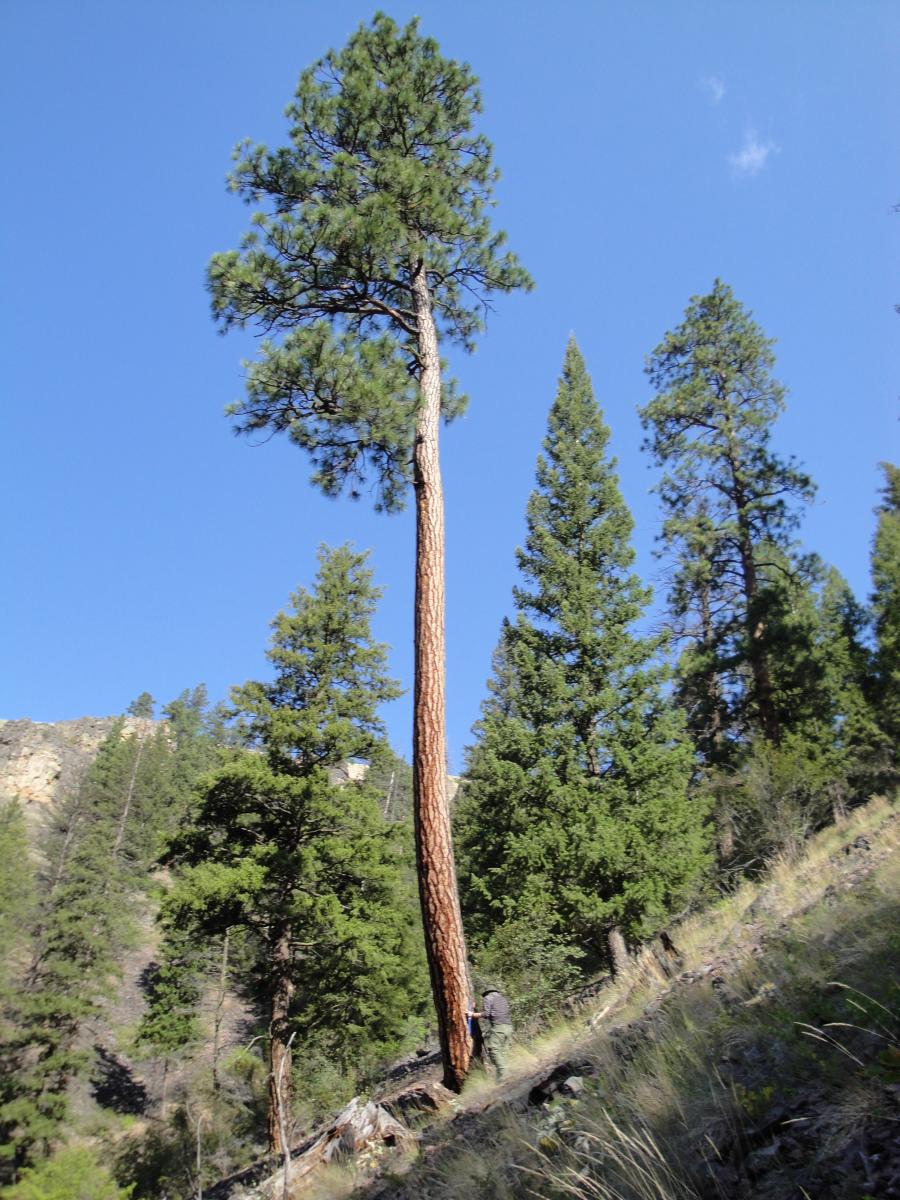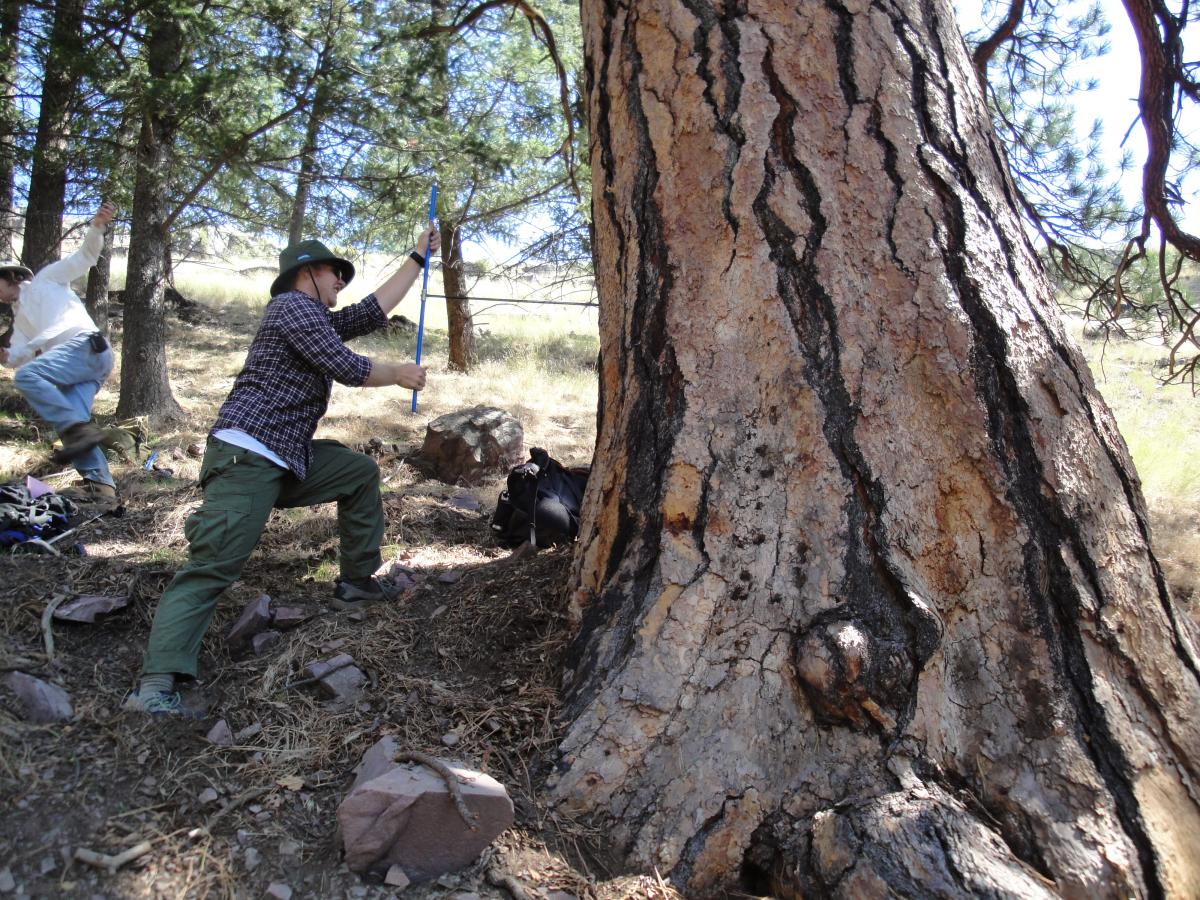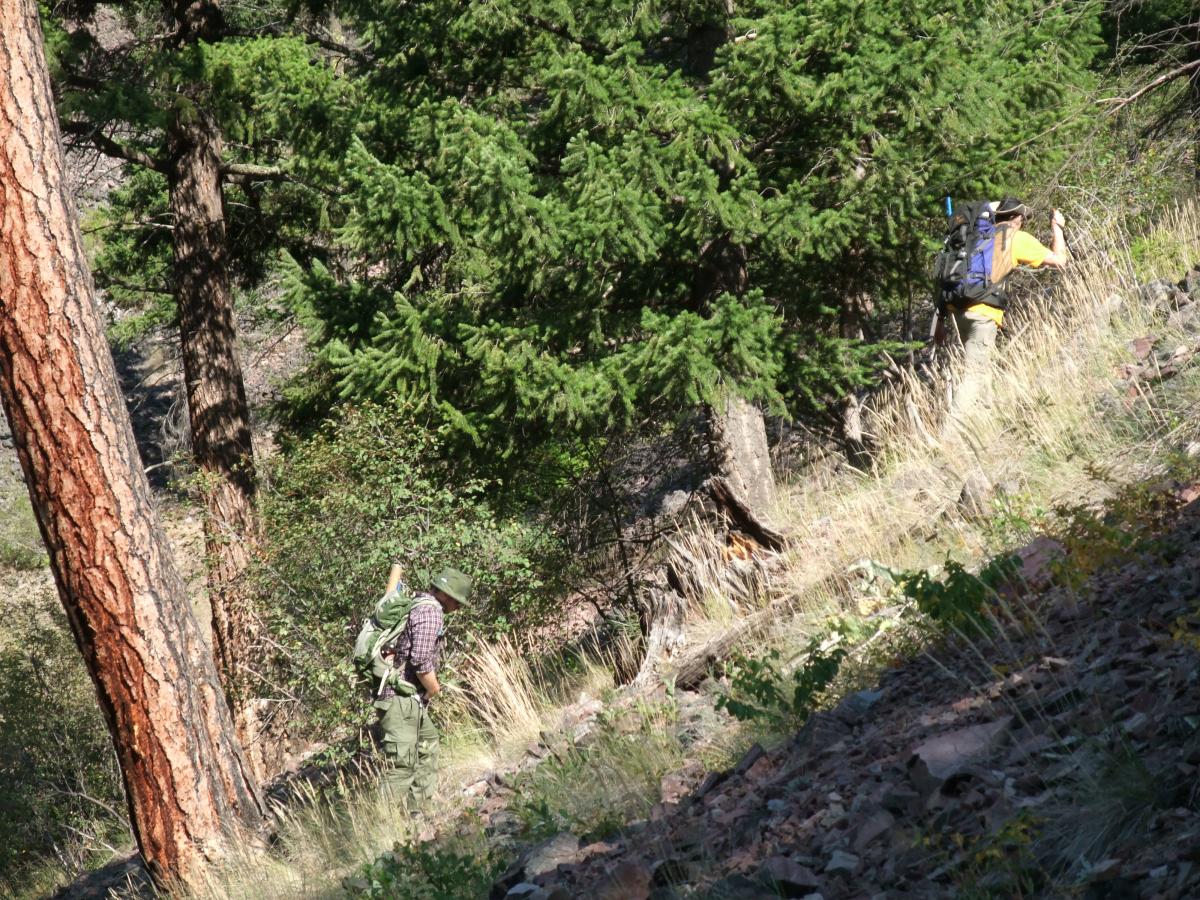This project was funded by a grant from the National Science Foundation ($342,955) and was collaborative with Dr. Paul Knapp of the University of North Carolina-Greensboro. Dr. Soulé began work on this project in August 2009 with funding through 2013 and continues to work on manuscripts related to the fieldwork.
Douglas-fir and ponderosa pine forests of the Northern Rockies (NR) USA will grow under conditions of an increasingly CO2-rich atmosphere and a projected warmer and drier climate. This project investigated the growth responses of two co-occurring and economically important western USA conifers growing under natural conditions to these changing environmental variables. Matched DF and PP tree-ring chronologies, which show the average rate of tree growth annually, were being developed and radial growth patterns examined prior and after atmospheric CO2 concentrations became significantly elevated using growth/climate regression models, carbon isotope analysis, and analyses of growth rates during various levels of drought severity. The purpose of this research was to determine if: 1) rates of intrinsic water-use efficiency (iWUE) of both DF and PP are trending significantly upward through time because of increasing levels of CO2; 2) increasing iWUE is positively impacting the radial growth rates of these two tree species growing in water-limited environments; and 4) if there are both differential responses to CO2 fertilization between the species and spatial variation in these responses. To date, the work has resulted in publications in Geophysical Research Letters, Ecology and Evolution, Journal of Arid Environments, and Journal of Biogeography.
All photos are from fieldwork in Montana (vicinity of Missoula):

Photo 1: the 2009 team.
Back row left to right: Justin Maxwell and Paul Knapp (UNCG). Front row left to right: Steve Shelly (USFS), Pete Soulé and Phil White (ASU).

Photo 2: Hiking to trees at the Rock Creek East study site

Photo 3: Phil White taking a core sample from a tall ponderosa pine tree.

Photo 4: An old, bonzai-looking Douglas fir tree (~500 years) at the Boulder Creek Research Natural Area study site.

Photo 5: Phil White taking a core sample from a rather large ponderosa pine.

Photo 6: Pete and Phil hiking some steep terrain at Rock Creek East.